Villa Comunale Architecture and Fauna, Taormina
Undoubtedly, the main decoration of the park is the architectural structures that were built in the last decade of the 19th century according to the projects of Lady Florence herself. These are original buildings in an eclectic style with open terraces reminiscent of Southeast Asian pagodas, topped with small turrets.
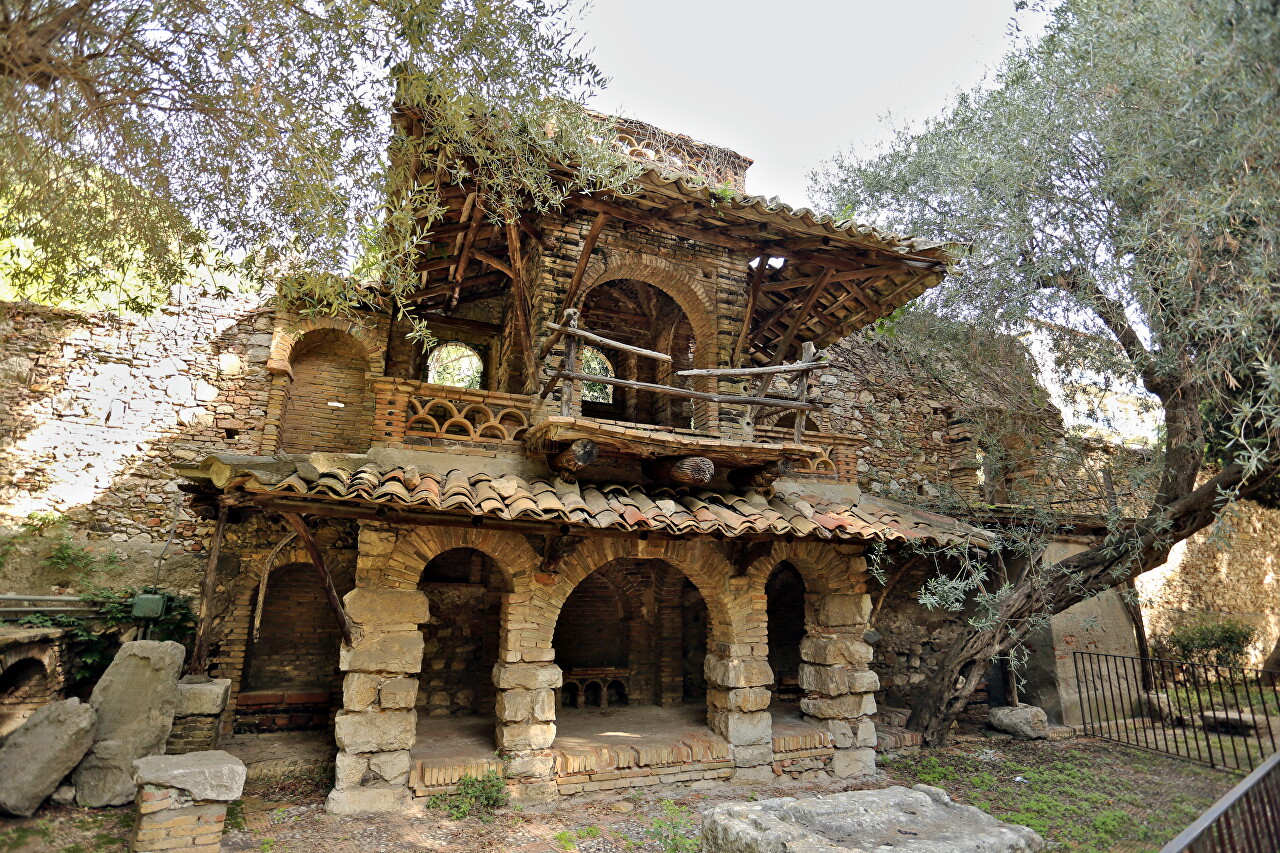
Many different materials were used in their construction, ranging from open masonry using stones of various sizes and cuts for the lower floors, brickwork alternating with volcanic stone columns for turrets, bricks for arched arches, and wooden beams for balconies and staircases.
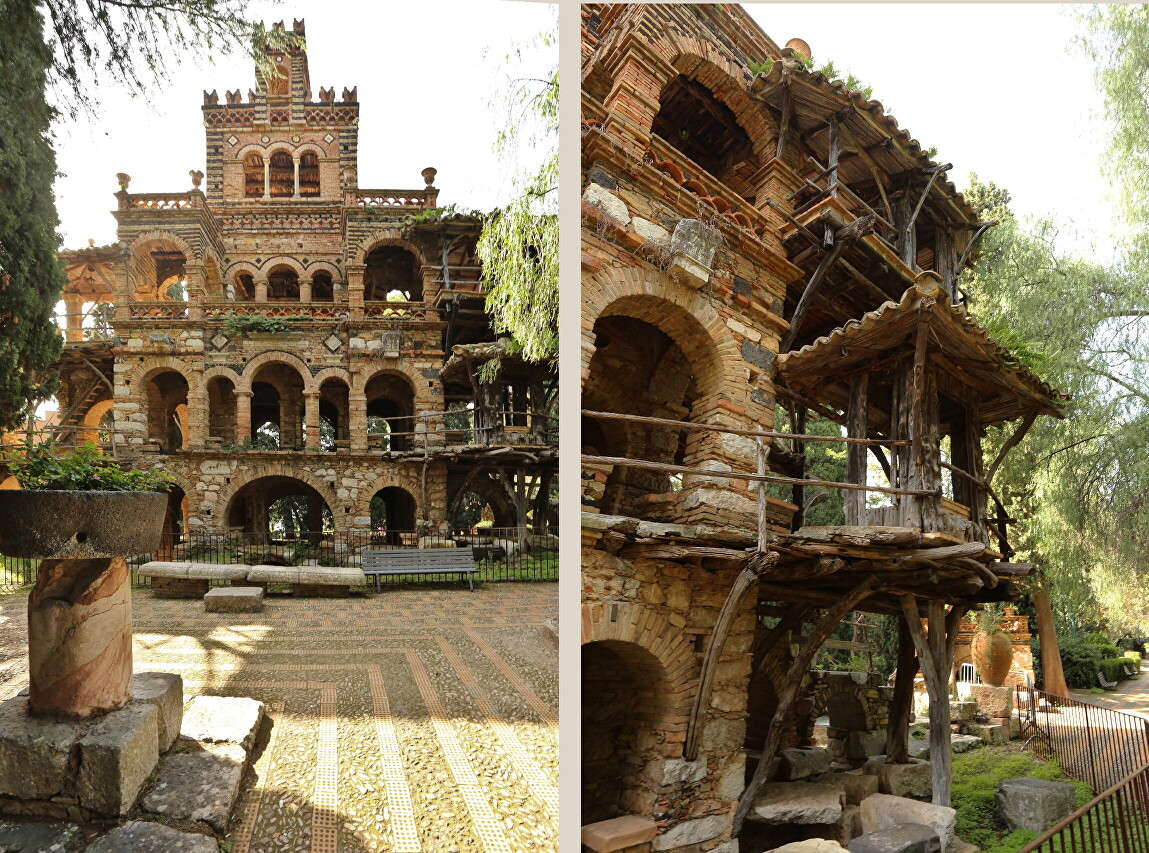
Decorative elements include openwork brickwork balustrades and decorative paving for walking paths and open spaces. Paving creates various geometric patterns of smooth pebbles and bricks that form surfaces with an interesting optical effect.
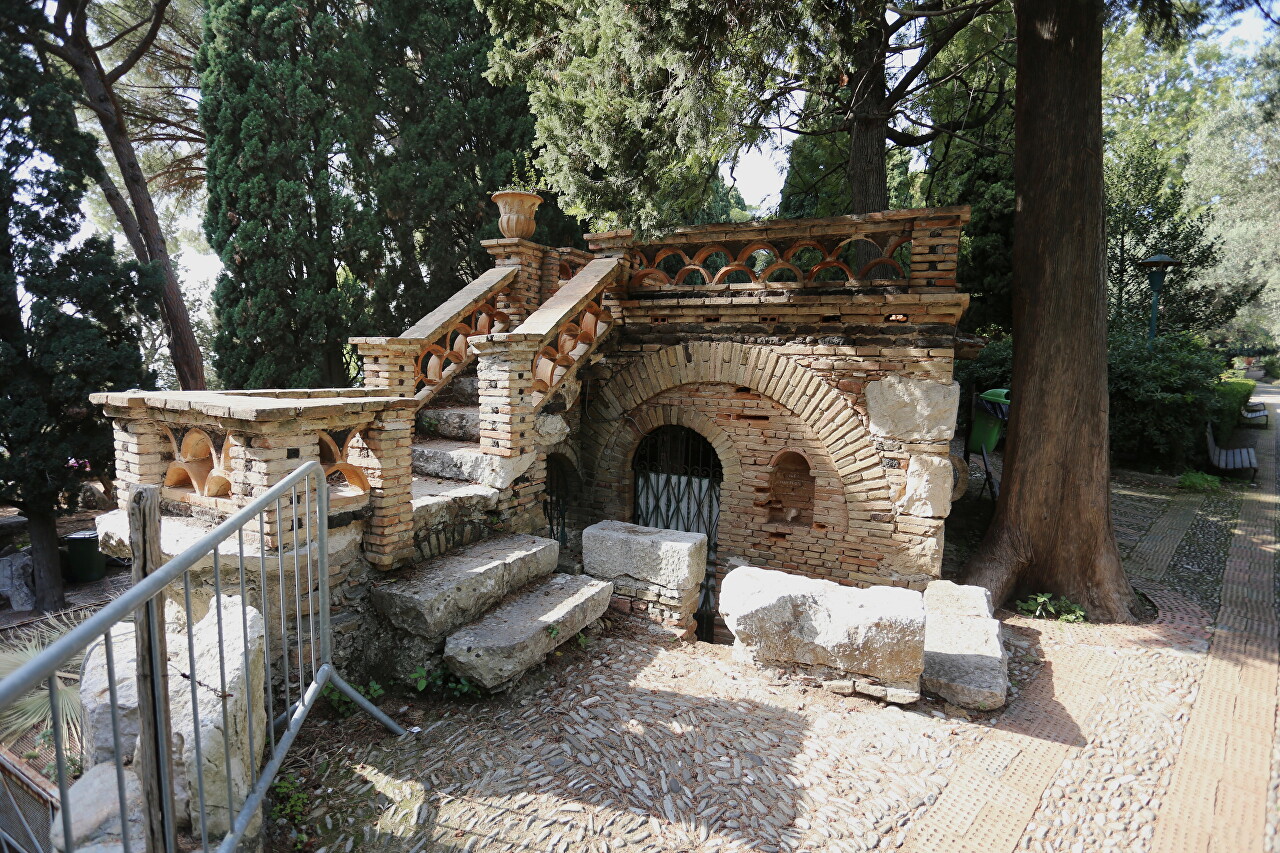
Lady Florence called these pavilions the Beehives and hosted receptions there.
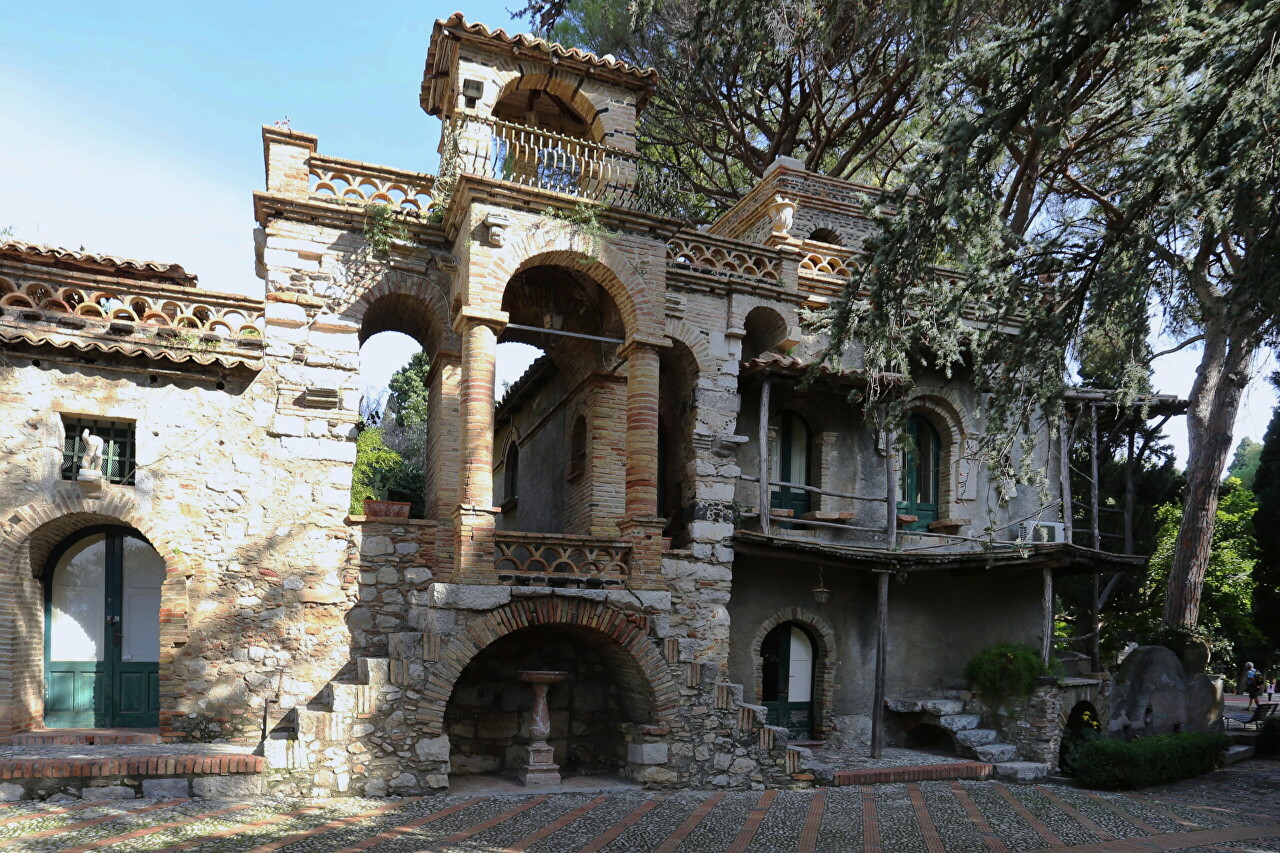
In her spare time, Lady Trevelyan spent her time in the shade of the brick vaults, reading books and sipping tea.
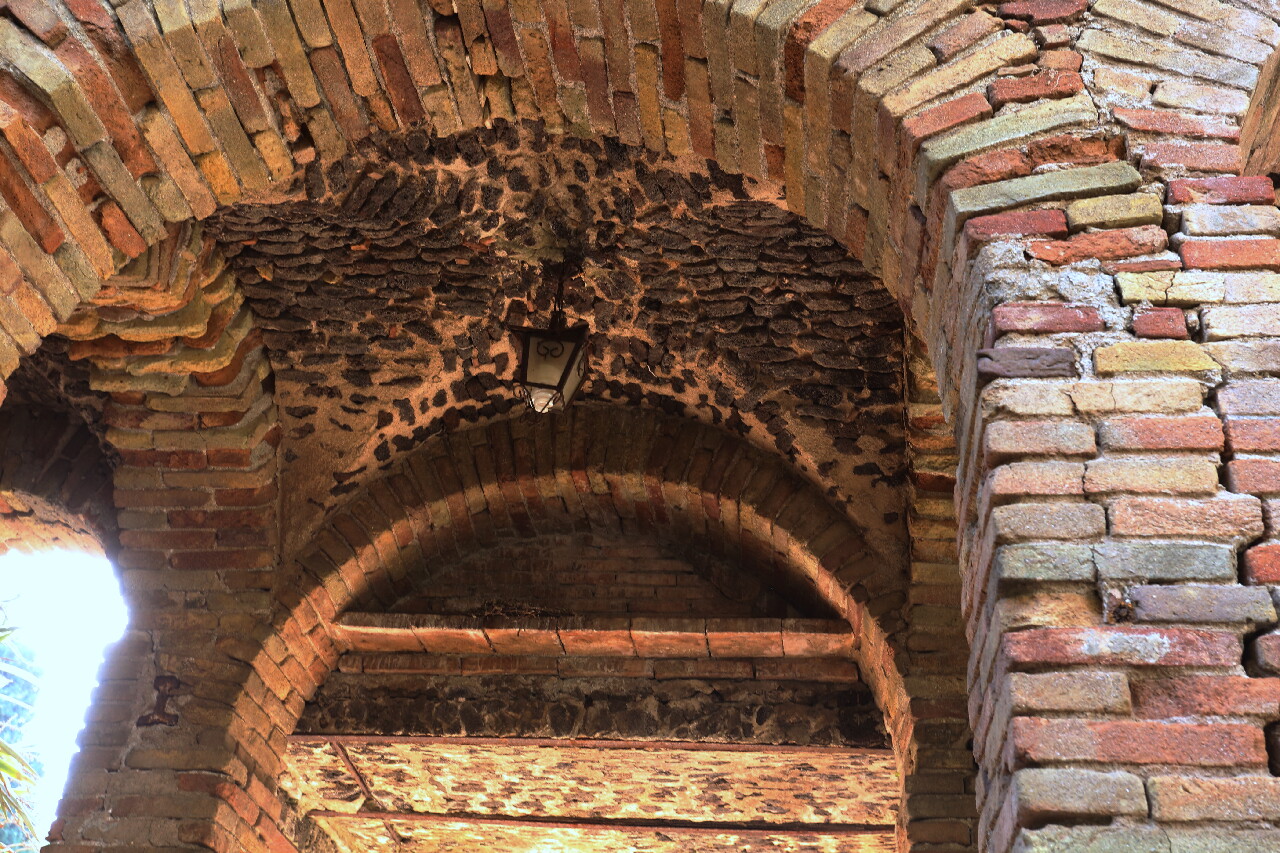
The permanent residents of the pavilions were numerous exotic birds, which the owner of the park liked to watch.

Even today, green parrots can be seen under the arches of the terraces.

When the park became public, the terraces could be climbed - from there you can see wonderful panoramas, but now this is impossible because of the dilapidated wooden stairs.
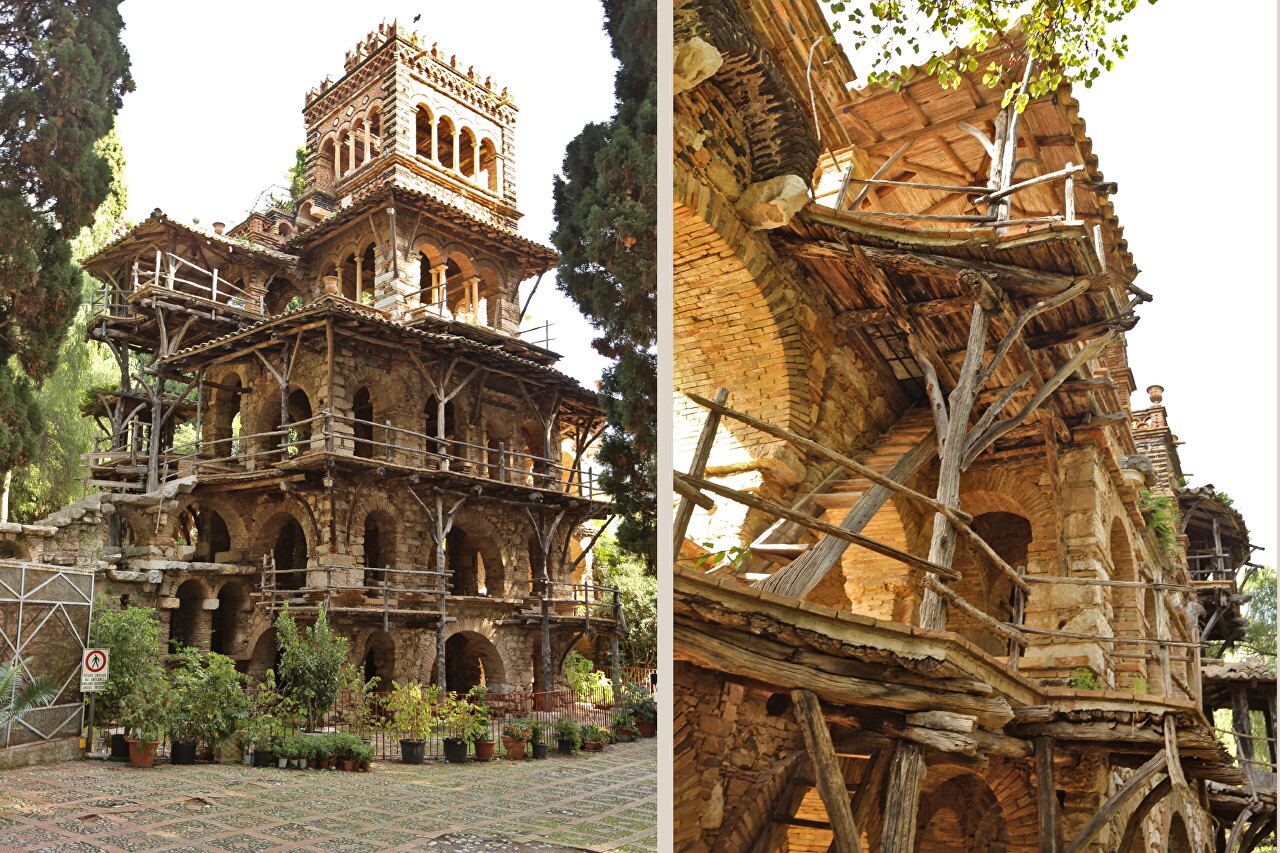
One of these buildings, located next to the main entrance, has a public toilet.
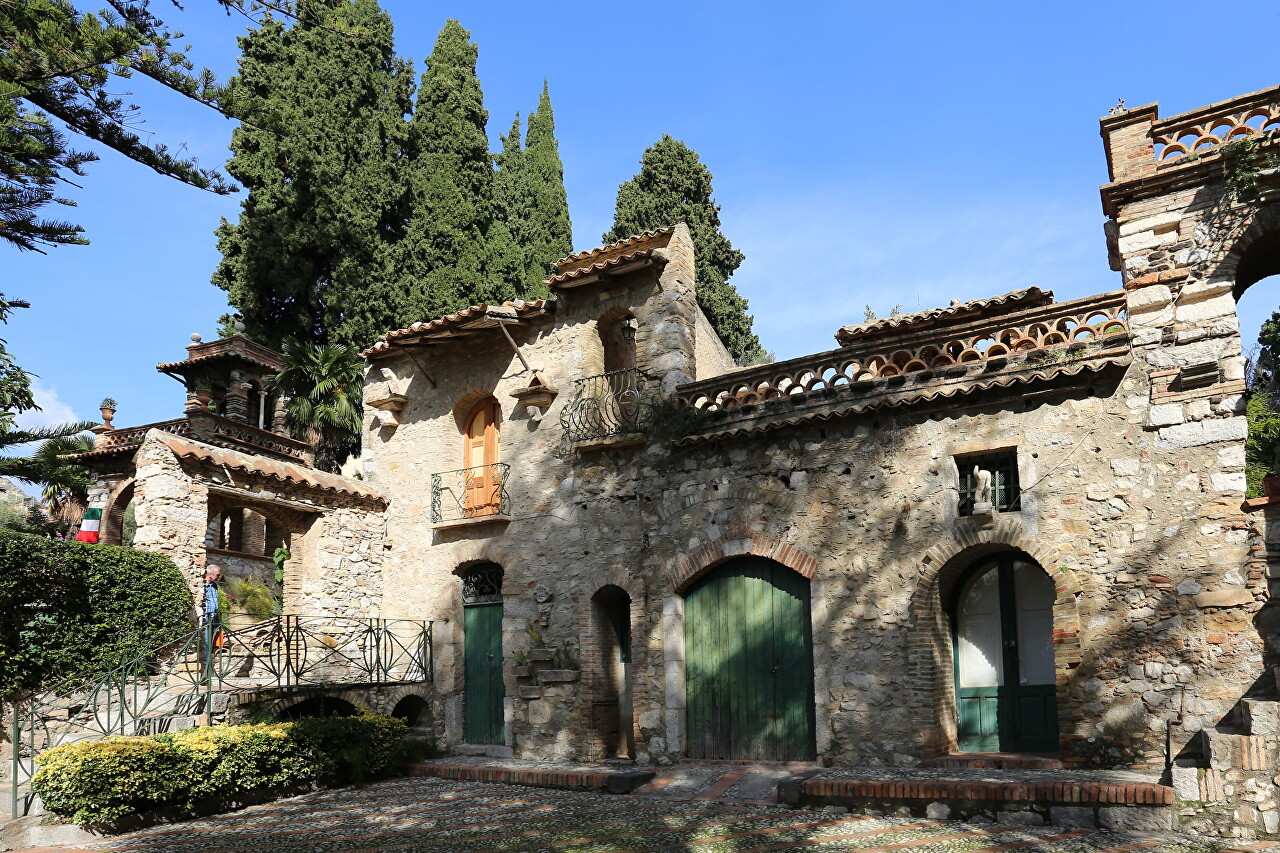
Florence Trevelyan decorated the park with a monument of stones arranged in a circle, reminiscent of the ritual buildings of ancient peoples. Five of Lady Florence's dogs are buried in the park, and the tombstones resemble dolmens, stone funerary structures of the third millennium BC.
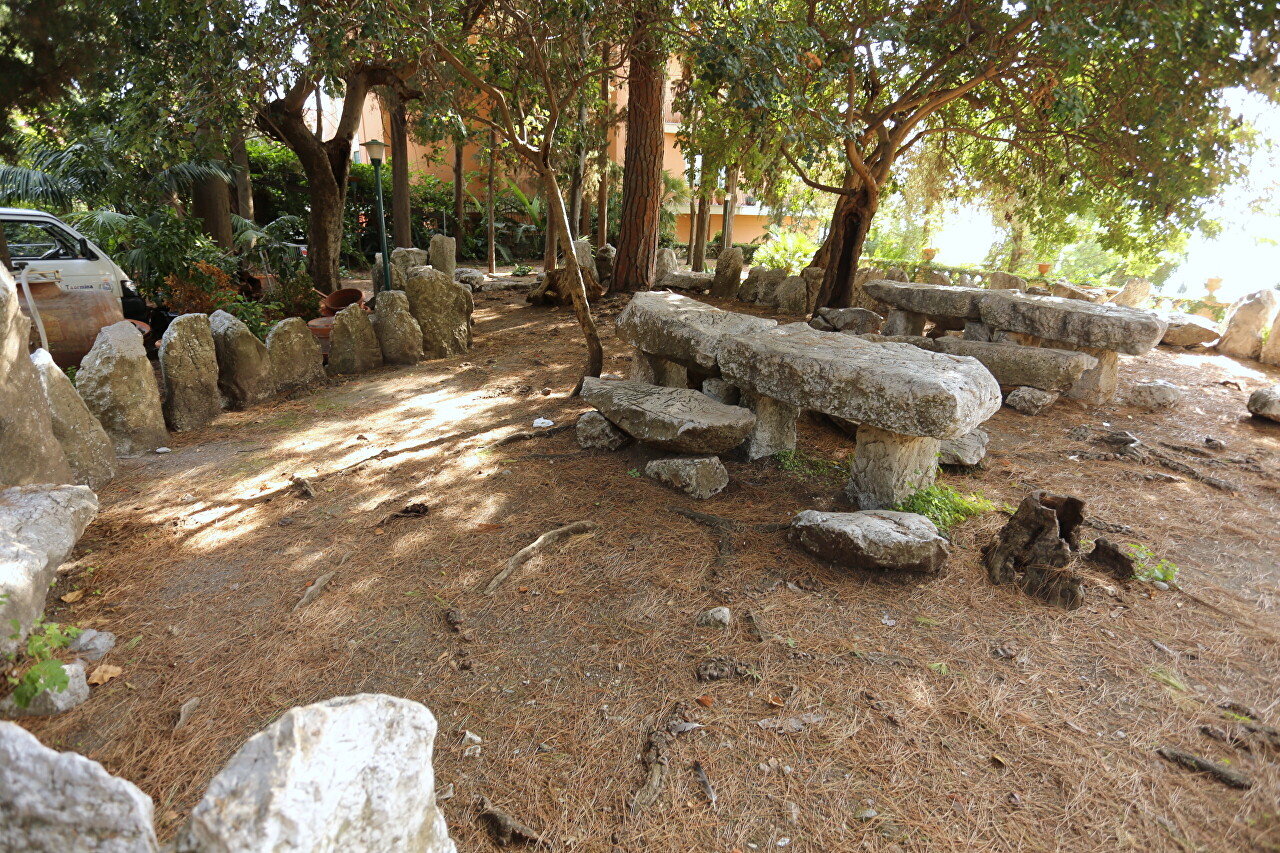
The vegetation of the park is of considerable botanical interest. Here you can meet typical representatives of the Mediterranean and tropical flora. Trees with tall trunks, such as olives, pines, cypresses and palm trees, provide a lot of shade, form the basis of the park landscape. The second group includes tropical trees of extraordinary beauty and rarity, such as flowering erythrina from South America and Japanese aucuba, or Japanese laurel. The third group is formed by a huge variety of climbing plants, hedges and many flowers in flower beds. All this creates a wonderful environment for relaxation.
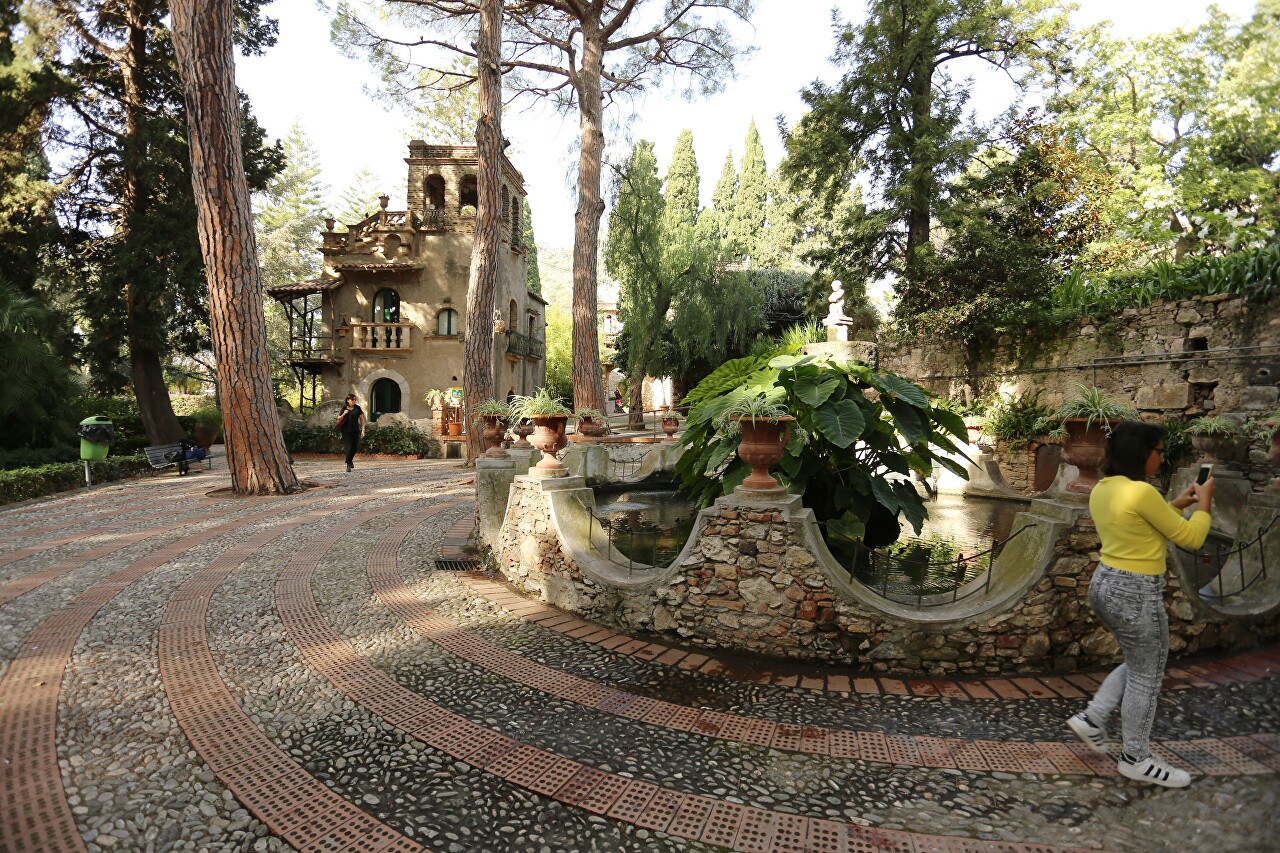
The northern part of the park consists of two levels connected by an inclined ramp and separated by a central square, once used for dancing, games and recreation.
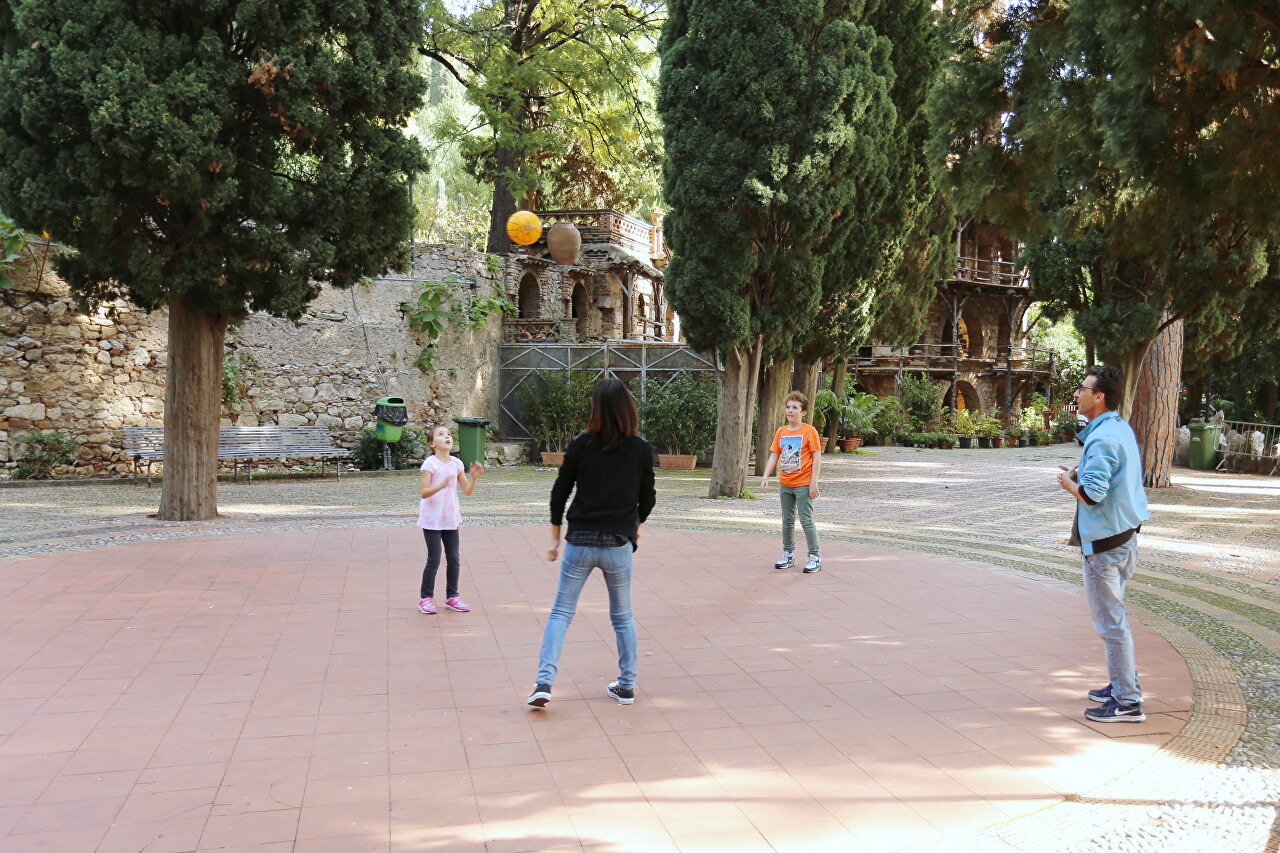
In the park there are several sculptures, stylized in the style of antiquity.
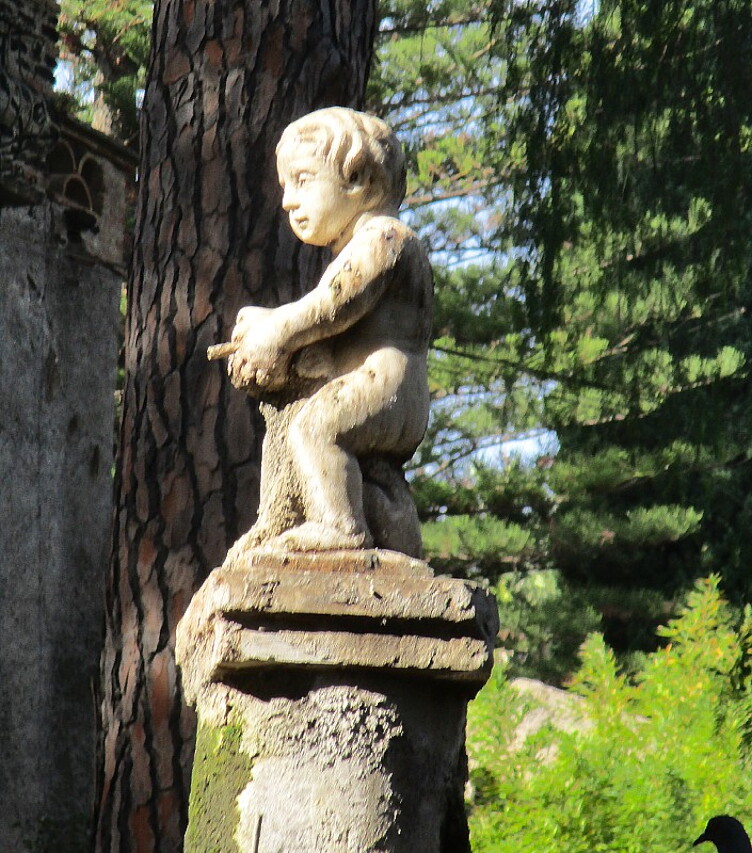
It was with great surprise that I found here a monument to the Russian Tsar Nicholas II. As it turned out, the monument appeared in 2012 at the same time as the monument to the Russian sailors in Messina as a sign of gratitude for the rescue work of the sailors of the Russian squadron after the Messinian earthquake of 1908. With the sailors in Messina, everything is clear, but what does the very unpopular king have to do with this, as well as Taormina, which was not affected by the earthquake? The answer is simple - the monuments were erected on the initiative of the Society of Slavic Writing and Culture, a propaganda organization that aggressively promotes dubious ideas of the so-called "Russian World". The sailors of the Russian squadron undoubtedly proved to be real heroes in eliminating the consequences of the disaster, but it is worth remembering that hundreds and thousands of military and civilian sailors from other countries worked selflessly in Messina, but Russian propaganda diligently ignores this, exposing the Russians as the only heroes of the rescue operation.
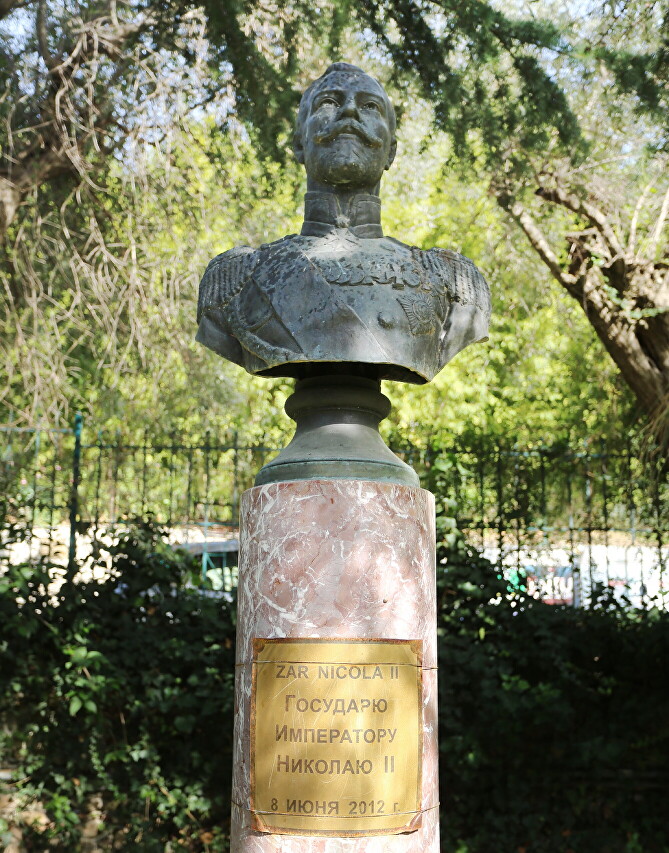
The southern border of the park is formed by a belvedere with wonderful views, I will tell you about it in the next article.